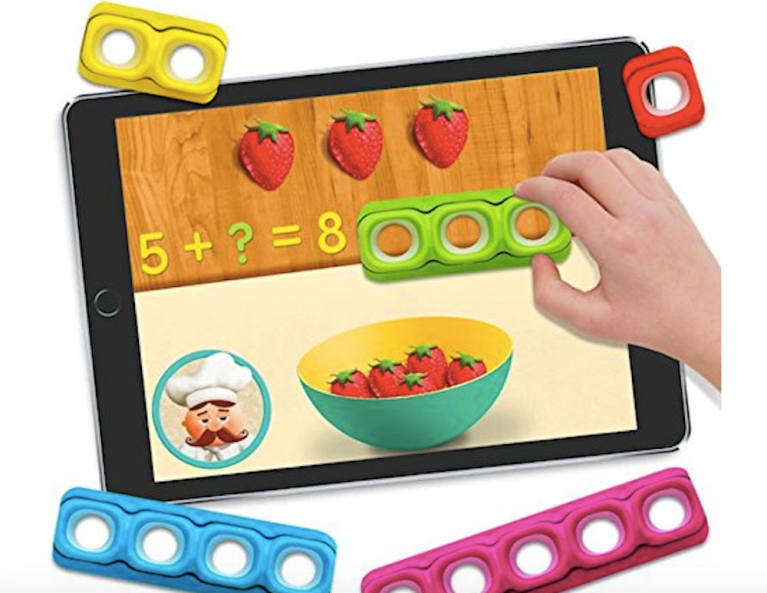
Kids and screens, we are often told these days, is a dangerous combination.
While the world of screens was once touted as a great educational advance, putting worlds of knowledge at the fingertips of youth, the observed reality – 10 or so years later – is that while kids love looking at screens, finding educational opportunities is not necessarily their first priority. The concern is that instead of a generation of natural researchers and programmers, we are creating a generation of expert Candy Crush and Minecraft players.
And as a recent New York Times report pointed out in great detail, attitudes about kids and tech are changing. In Silicon Valley’s most elite private schools, the policy is no screen time for any student. And among the programmers who build the tech, there is a lot of genuine uncertainty about how safe it is to put that tech into their own kids’ hands.
The trouble is that good or bad, screens exist – and are so incredibly prevalent at this point that without an awful lot of vigilance (not to mention a pretty large amount of free time and stimulating analog toys), it is hard to keep kids off them.
But the team at Tiggly has a different idea when it comes to kids, screens and playtime. Instead of trying to swim against the current and fight what is likely a losing battle against technology, their focus is finding ways to make screens a part of playtime without allowing passive staring or semi-active tapping to become a kid’s dominant mode of play.
And it does that by tapping into the physicality of regular, old-fashioned toys.
“We knew we had to bring physical back, as 70 years of academic research from the likes of Montessori have emphasized the importance of physical play,” Tiggly founder Phyl Georgiou noted. “What if we could combine classic toys, like a shape sorter, with today’s digital devices? With Tiggly Shapes, Tiggly Math and Tiggly Words, we have done just that, taking the best of physical and digital to create an entirely new play experience.”
The goal is to push kids to combine real-world objects with virtual play in mobile applications. Tiggly Words, for example, includes a set of five vowel toys that are components of three app-based games: Submarine, Tales And Doctor. To play the game in the mobile app, kids can’t just tap to win. Instead, they have to use the provided toys to beat puzzles, unlock content or advance the narrative of the game. The tablet can tell if a child has done the right physical action by whether the screen reacts to the silicone touchpoints on the toys.
Tiggly claims that adding toys into a screen-based game brings back a lot of the benefits of classic play: better spatial reasoning, and greater development of creative and language skills.
“The most important thing to remember is that young children learn by playing, so the best thing a parent can do is give a child many varied opportunities to play, whether it’s outdoors, with toys or with apps,” said Georgiou.
Some reviews have complained that while the concept itself is novel, the game play aspect of the products are lacking. There are a lot of games – some of which are even educational – offered on tablets for kids. In a crowded field, being interesting counts for a lot – and Tiggly, by many counts, still has some work to do on that front.
But the overall goal of the product – to help produce children that are “stretchier thinkers” than average and who can engage with a problem on multiple fronts – is a creative one. And perhaps it’s the type of solution that could find legs, particularly as concerns persist over how to manage screen time productively for younger users.